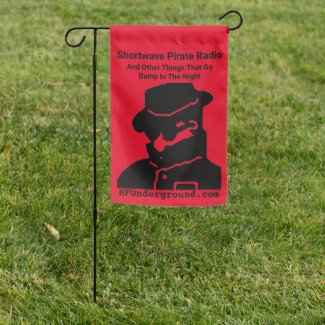1
Equipment / Re: NASA Marine Active Antenna for reception problems
« on: July 20, 2025, 1346 UTC »
Thanks for your reply. The antenna is used with the Nasa Target HF-3, which is also from the same company. At the back of the radio, it has red panel, which means that it has built-in amp for the NASA antenna. When it is used with the built-in amp, the antenna seems to give more overloading at nights on the lower frequency reception below 7 Mhz. Hence I use the battery powered T-Bias with around 10-11V DC input into the T-bias.
When the NASA antenna is not powered by T-Bias or built-in amp, it becomes totally deaf, and the reception goes silent. The NASA antenna must be powered by the amp (either by the builtin amp or T-bias) at all times in order to get any reception on the radio. Hope it makes sense.
When the NASA antenna is not powered by T-Bias or built-in amp, it becomes totally deaf, and the reception goes silent. The NASA antenna must be powered by the amp (either by the builtin amp or T-bias) at all times in order to get any reception on the radio. Hope it makes sense.


